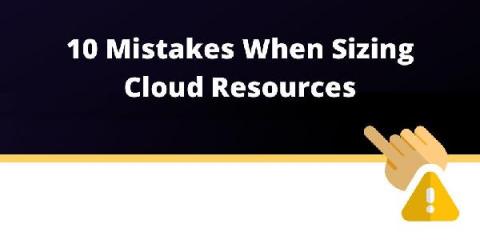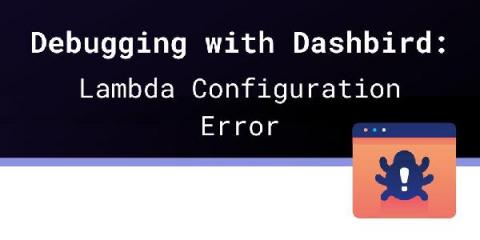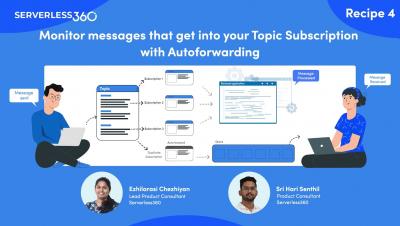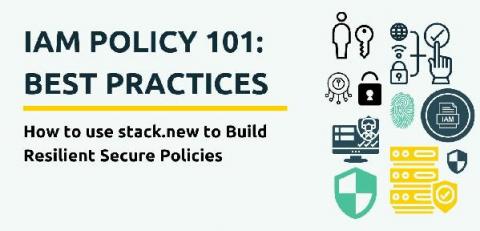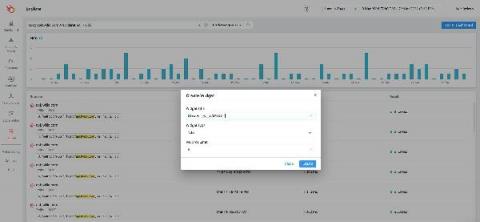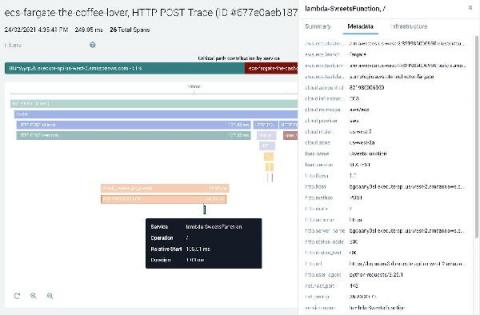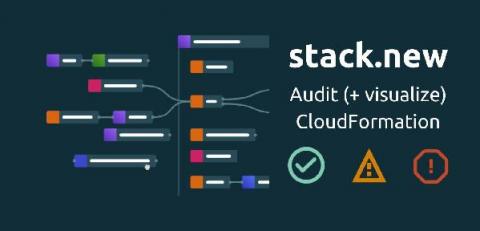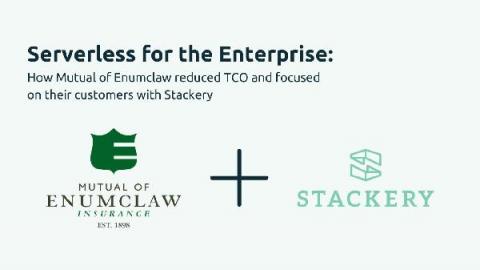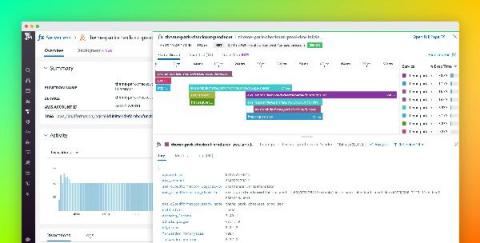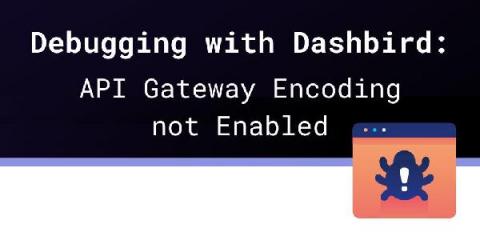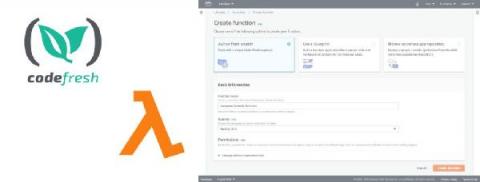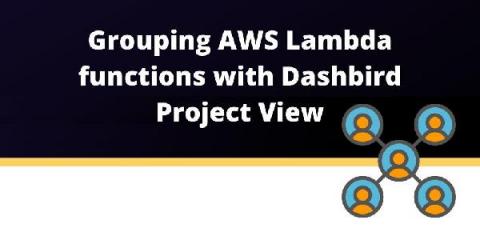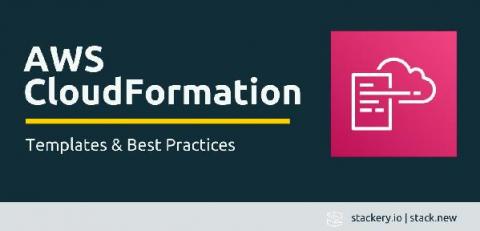10 Mistakes to Avoid When Sizing Cloud Resources
One of the most common concerns when moving to the cloud is cost. Given that cloud allows you to turn IT costs from CAPEX (long-term investments ex. in hardware equipment and software licenses) into OPEX (day-to-day operating expenses), it’s crucial to choose the right service and estimate it properly. In this article, we’ll look at the common pitfalls and discuss how you can avoid them to truly benefit from the cloud’s elasticity.


